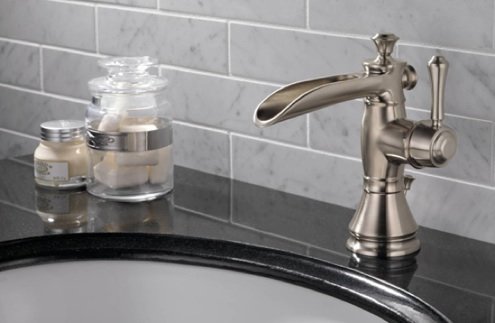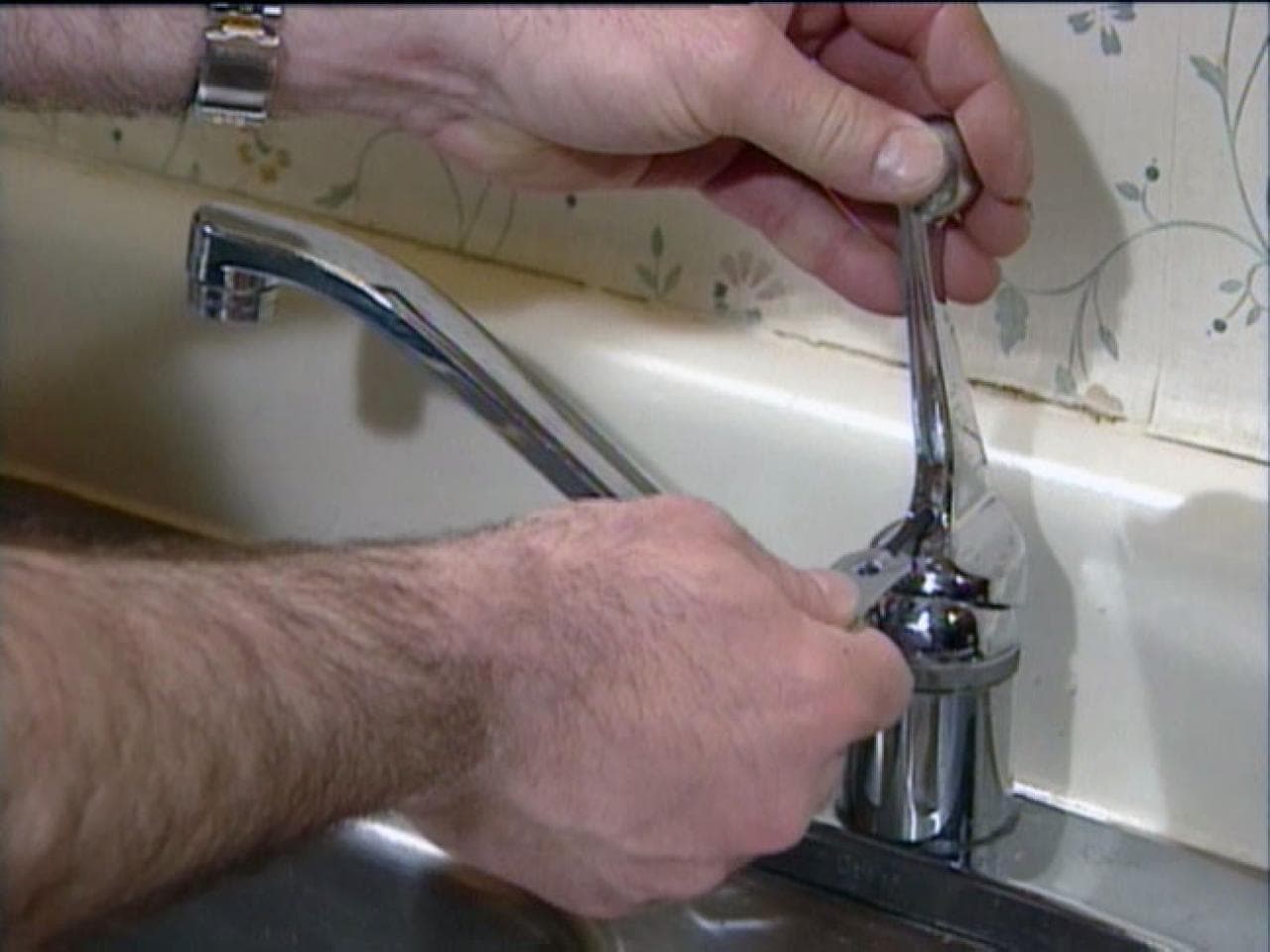Presented here below you can get additional great resources around What Causes Leaky Faucets & How To Fix Them.

Leaking taps might feel like a minor trouble, yet their impact exceeds simply the inconvenience of the noise. From drainage to sustaining unneeded financial costs and health and wellness threats, overlooking a dripping faucet can lead to various repercussions. In this article, we'll delve into why it's important to address this typical home issue quickly and efficiently.
Wastage of Water
Environmental Influence
Trickling faucets contribute dramatically to water waste. According to the Environmental Protection Agency (EPA), a single tap leaking at one drip per second can throw away greater than 3,000 gallons of water per year. This not just stress water resources yet also influences ecological communities and wildlife based on them.
Step-by-Step Overview to Taking Care Of a Dripping Faucet
Tools Called for
Before trying to repair a trickling faucet, gather the needed tools, consisting of a flexible wrench, screwdrivers, replacement parts (such as washing machines or cartridges), and plumber's tape.
Usual Faucet Issues and Their Solutions
Determine the sort of tap and the specific problem triggering the drip. Usual problems include worn-out washers, rusty shutoff seats, or damaged O-rings. Refer to maker guidelines or on-line tutorials for detailed advice on repairs.
Financial Prices
Increased Water Costs
Past the ecological influence, leaking faucets can inflate water costs significantly. The collected waste in time translates into greater energy costs, which could have been avoided with prompt repair services.
Prospective Building Damages
In addition, prolonged trickling can bring about damage to fixtures and surface areas surrounding the tap. Water build-up can cause discoloration, corrosion, and also structural problems if left unattended, causing additional fixing expenses.
Wellness Issues
Mold And Mildew and Mold Growth
The continuous visibility of moisture from a leaking tap creates a suitable setting for mold and mildew and mold growth. These fungi not only jeopardize interior air top quality yet also position health and wellness dangers, specifically for people with respiratory system problems or allergic reactions.
Waterborne Conditions
Stagnant water in leaking faucets can become a breeding ground for bacteria and other pathogens, raising the threat of waterborne conditions. Pollutants such as Legionella germs thrive in stationary water, possibly leading to significant health problems when ingested or inhaled.
Do it yourself vs. Expert Repair
Pros and Cons of Do It Yourself Repair Work
While some might attempt to fix a leaking faucet themselves, do it yourself repairs feature their very own set of difficulties. Without proper understanding and tools, DIY efforts can exacerbate the problem or bring about incomplete repair services, prolonging the problem.
Advantages of Working With a Professional Plumber
Working with a professional plumber makes sure that the underlying source of the trickling tap is addressed efficiently. Plumbing technicians have the proficiency and equipment to diagnose and repair faucet issues efficiently, saving time and lessening the danger of additional damage.
Ecological Responsibility
Individual Contribution to Preservation
Taking responsibility for dealing with leaking taps straightens with wider efforts towards water conservation and environmental sustainability. Every person's actions jointly make a substantial effect on maintaining valuable resources.
Lasting Living Practices
By prioritizing timely repairs and adopting water-saving routines, individuals contribute to lasting living practices that profit both present and future generations.
Preventive Measures
Regular Upkeep Tips
To stop dripping faucets, execute routine maintenance such as cleansing aerators, inspecting for leaks, and changing damaged components quickly. In addition, consider setting up water-saving gadgets or updating to extra reliable fixtures.
Importance of Prompt Repair Works
Attending to leaking faucets as soon as they're discovered avoids additional water wastage and potential damage, inevitably conserving both water and cash over time.
Impact on Home Value
Perception of Well-Maintained Property
Keeping a building in good condition, consisting of dealing with upkeep problems like dripping taps, enhances its viewed worth and value amongst prospective customers or renters.
Impact on Resale Value
Features with well-kept plumbing components, including faucets, command greater resale values in the realty market. Attending to dripping faucets can contribute to a positive impact throughout home assessments and arrangements.
Conclusion
Dealing with a leaking faucet surpasses plain convenience; it's an important step toward conserving water, decreasing financial costs, and safeguarding health and residential or commercial property. Whether through DIY repairs or specialist aid, doing something about it to take care of dripping taps is a little yet impactful method to promote liable stewardship of resources and contribute to a much healthier, much more sustainable future.
Most Common Reasons for a Leaky Faucet and How to Stop the Drip
Whether it’s your kitchen faucet leaking or a bathroom faucet leaking, one leaky faucet can waste anywhere from three to 30 gallons of water every single day. If the constant drip-drip-drip doesn’t get your attention, your water bill will. The good news is that, by following a few simple steps, chances are pretty good you can fix the problem yourself.
Why is it dripping?
Before you start taking things apart, let’s break down some of the most common causes of a leaky faucet.
Bad O-ring.
A cartridge is a valve that controls the flow of water into the faucet spout. On cartridge faucets there’s an O-ring—the little disc attached to the stem screw that holds the faucet handle in place. If it’s loose or worn-out, it can cause your sink handle to leak. Of course, the cartridge itself could be worn out. If that’s the case, make sure you replace it with the exact same kind.
Corroded valve seat.
The valve seat connects the faucet and the spout. If the leak seems to be coming from the spout, it might be because a buildup of water sediment has corroded the valve seat.
Worn-out washers or seals.
A leaky spout could be caused by a bad washer that rests against the valve seat. It’s just a matter of time before friction takes its toll. It could also be the wrong size washer or one that’s been installed incorrectly. Water sediments can also corrode inlet and outlet seals.
Water pressure.
If the faucet only drips now and then, or when you turn the handles a certain way, you should probably check your home’s water pressure.
Loose or broken parts.
The adjusting ring and packing nuts in the stream screw can become loose over time, causing your sink handle to leak. Try tightening or replacing the packing nut. If the leak is coming from the pipes underneath the sink, you probably have a broken pipe or fitting. If that’s the case, you should definitely call a plumber.
Know your faucet.
Faucets come in a variety of types. Each one has its own assembly—and its own possible causes of leaks. Learning about the four most common kinds of faucets will help you know how to take them apart and make any repairs.
How to stop a leaky faucet
Fixing that leaky faucet doesn’t have to take a lot of time, money, or expertise. It’s usually a simple matter of replacing a worn-out washer or gasket, a loose O ring, or another part. Chances are really good you can do this yourself if you follow these simple steps.
Shut off the water.
Before you tackle the faucet, cut off the water supply to the sink. There should be one valve for hot and one for cold. Hand-turn them clockwise with your hands till they close. If there are no valves under the sink, head to the basement and shut off the main water supply to the house. Then turn on the faucet until it empties out the water that’s still in the line and you’re ready to start. It’s a good idea to cover the sink drain with a plug or a rag so you don’t lose any small pieces and parts while you’re working.

As a reader on Why Are My Faucets Dripping (And Can I Fix It Myself)?, I figured sharing that excerpt was worth the trouble. You should pause to share this article if you enjoyed reading it. Thank you for your time. Please stop by our site back soon.